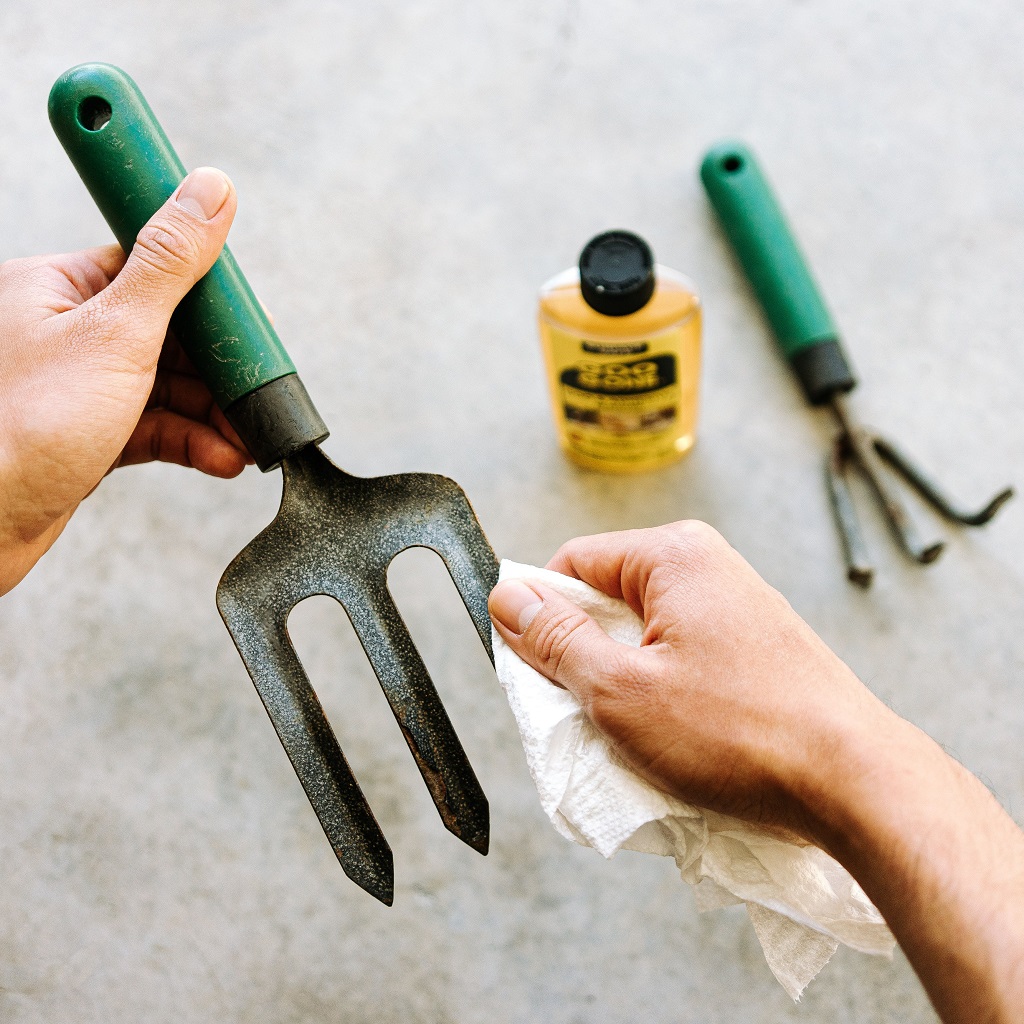Your garden tools are investments that work hard for you, season after season. Just like any other valuable equipment, they perform best and last longest when properly maintained. A little consistent care for your shovels, pruners, and hoes can prevent rust, keep blades sharp, and ensure they are always ready for action, ultimately saving you money and frustration.
Here’s a guide to maintaining your garden tools:
- Clean After Every Use:
- Remove Soil & Debris: Immediately after use, scrape off any clinging soil, sap, or plant residue from blades, tines, and handles. A stiff brush or putty knife works well.
- Wash if Necessary: For stubborn dirt, wash metal parts with a hose or a bucket of soapy water. Avoid submerging wooden handles for extended periods, as this can cause them to crack or splinter.
- Dry Thoroughly: This is critical! Moisture is the enemy of metal tools, leading to rust. Wipe all metal surfaces completely dry with a cloth. If air drying, ensure they are in a well-ventilated area.
- Sharpen Regularly:
- Pruners, Loppers, Shears: Sharp blades make clean cuts, which are healthier for plants and require less effort from you. Use a sharpening stone, file, or diamond sharpener specifically designed for garden tools. Follow the angle of the existing bevel on the blade.
- Shovels & Hoes: While not razor-sharp, keeping the edges of shovels and hoes relatively sharp makes digging and weeding much easier. A metal file can be used to achieve a workable edge.
- Safety First: Always use gloves and exercise caution when sharpening. Secure the tool firmly.
- Oil Metal Parts:
- After cleaning and drying, apply a thin coat of a protective oil (such as tung oil, linseed oil, or even a light machine oil) to all metal surfaces, especially blades and moving parts. This forms a barrier against moisture and prevents rust.
- For pruners, a drop of oil on the pivot joint will ensure smooth operation.
- Care for Wooden Handles:
- Wooden handles can dry out, splinter, or crack over time. Periodically wipe them down with linseed oil or tung oil to moisturize the wood and protect it from the elements.
- Sand down any rough spots or splinters for a comfortable grip.
- Proper Storage:
- Store tools in a dry, protected area like a shed, garage, or tool rack. Avoid leaving them exposed to rain, dew, or harsh sunlight.
- Hang tools or store them in a way that prevents blades from dulling by resting on hard surfaces.
By making tool maintenance a routine part of your gardening practice, you’ll extend the lifespan of your equipment, improve their performance, and make every gardening task a little bit easier.

Leave a Reply